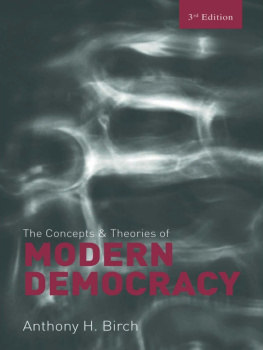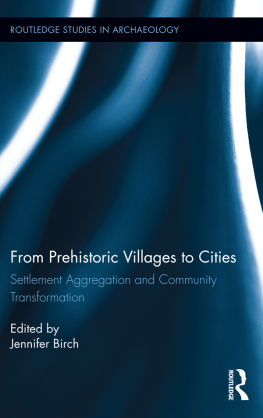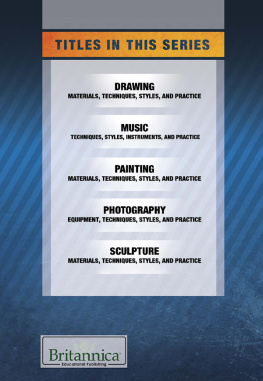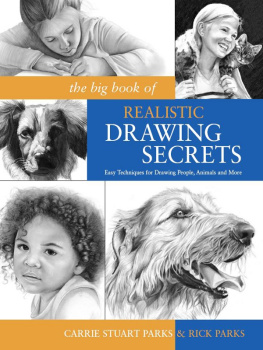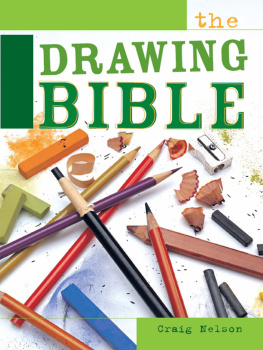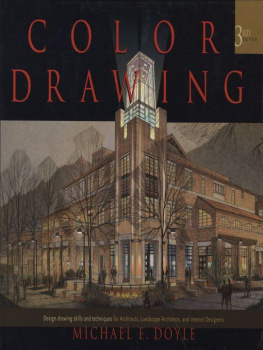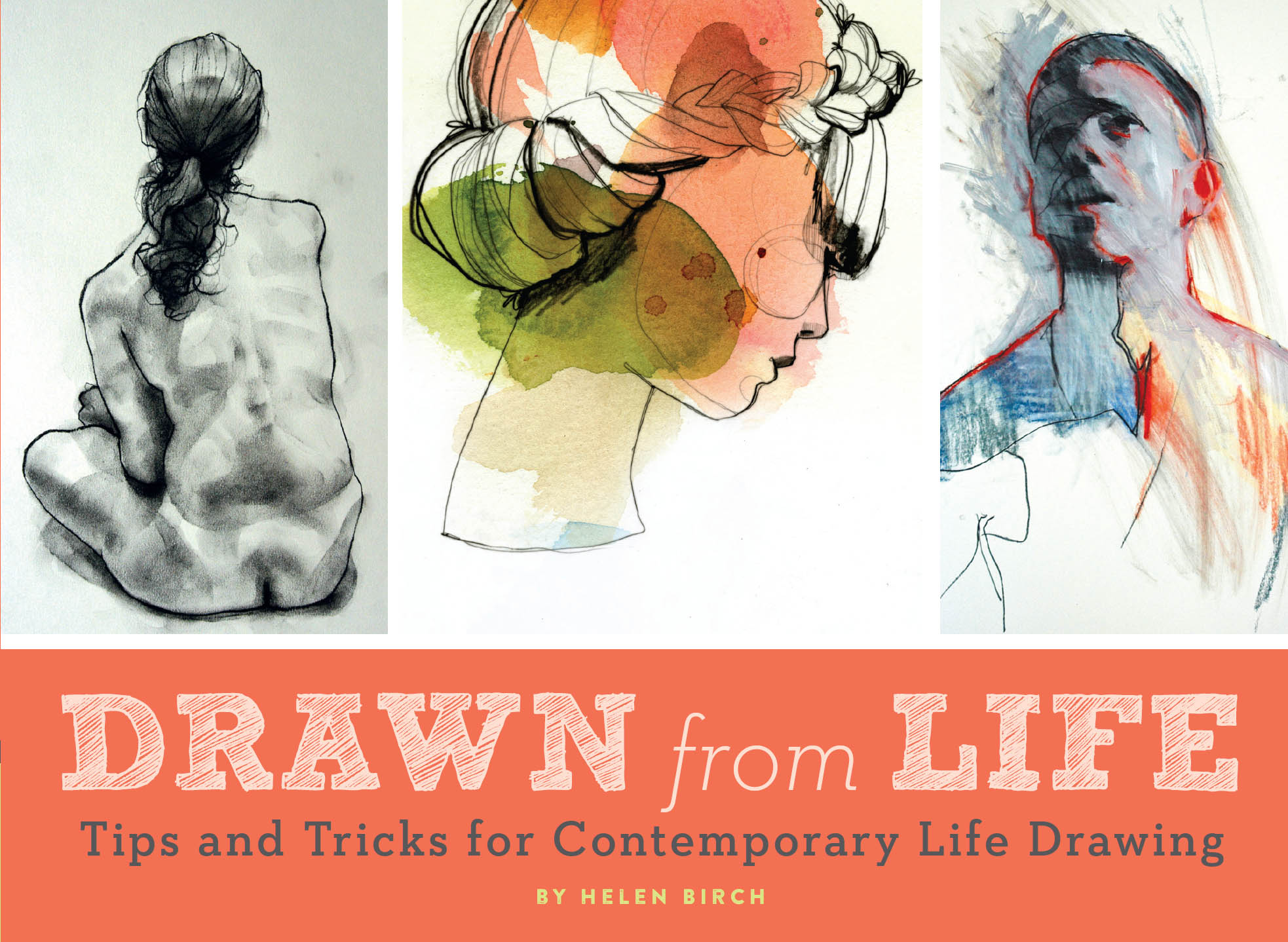

First published in the United States of America in 2017 by Chronicle Books LLC.
Copyright 2017 by RotoVision SA.
All rights reserved. No part of this book may be reproduced in any form without written permission from the publisher.
Library of Congress Cataloging-in-Publication Data
Names: Birch, Helen (Artist), author.
Title: Drawn from life : tips and tricks for contemporary life drawing / by Helen Birch.
Description: San Francisco : Chronicle Books, 2017. | Includes indexes.
Identifiers: LCCN 2016038720
ISBN 9781452158785 (pb)
ISBN 9781452166872 (epub/mobi)
Subjects: LCSH: Figure drawingTechnique. | Human figure in art.
Classification: LCC NC765 .B48 2017 | DDC 743.4dc23 LC record available at https://lccn.loc.gov/2016038720
Chronicle Books LLC
680 Second Street
San Francisco, California 94107
www.chroniclebooks.com
Credits
Publisher: Mark Searle
Editorial Director: Isheeta Mustafi
Commissioning Editor: Alison Morris
Editor: Nick Jones
Junior Editor: Abbie Sharman
Art Director: Michelle Rowlandson
Layout: Agata Rybicka
Image Credits
Front cover (left to right):
Phillip Dvorak, Ekaterina Koroleva, Mark Horst
Back cover (clockwise from top right):
Manuel San-Payo, Julian Landini, Harry Ally
Flipping through this book
In addition to the contents listing opposite, we have included artist and visual indexes to help you dip in and out of this book. Use these to find specific information or sketches quickly.
VISUAL INDEX
Because this book is as much about visual inspiration as it is about technique, we have also included a visual index on . If you are trying to find an image you have already seen in the book, or are looking for a specific style, color, or background, use this to take you straight to the right page. Page numbers are given on the thumbnail of each sketch. Please note that where more than one drawing is included in an entry, only one is included in this index.
ARTIST INDEX
If youd prefer to search for images via the artists, an index listing artists alphabetically by last name is on . Here you will find a full list of the pages their art appears on, and also blog or website details if youd like to check out more work.

EKATERINA KOROLEVA JOUER
Medium: Ink, watercolor, digital


What is drawn from life?
The term drawn from life is most often applied to the type of drawing that takes place in a life room. We can all picture it: a model surrounded by students standing at easels, drawing properly, studiously, and well.
If youre lucky enough to have attended one of these classes, youll know that how we imagine them to be is only partly true. These arent hallowed spaces; theyre places to observe the figure anew, to learn new techniques, and to gain confidence in interpreting the human form. Many of the drawings in this book have been made in such a space. Sessions like these are widely available to all, with models clothed or unclothed.
Figure drawing can, of course, take place outside of the life room, too. Its possible to draw others while traveling, sitting on the beach, in cafs or restaurants, or at home. An obvious solution is the self-portraitthe model always turns up! Carrying a sketchbook and the minimum of drawing equipment makes it possible anywhereas a longer pose or as a fleeting idea.
Dont be too purist about how to interpret drawing from life. If you want to draw from photographs, do. Just remember that a photograph has flattened tone, changed colors, and warped perspective. Seeing the figure directly ensures a more personal interpretation.
To draw from life is to participate in a centuries-old artistic tradition. Drawing from life doesnt necessarily mean concentrating on likeness; it might be how the body arranges itself, or the impression it seems to leave when moving. Use this book to try a variety of approaches to the figurelarge scale and small, traditional and experimental, sophisticated and humble.
Helen Birch

DWAYNE BELL ALEX
Medium: Pen, digital
The sketches

MARIA GIL ULLDEMOLINS LIZA, BRIDGETT, KATHERINA, STELLA, BUNS AND COMBS, GEISHAS THOUGHTS, REBECCA, BIANCA
Medium: Fineliner pen, India ink
CONTOUR AND SHAPES
Mapping time
MARK HORST
Presented side by side like this, were able to compare two of Horsts drawings made from the same model in the same location. It enables us to see how drawing experiments on the same basic framework can alter the appearance of a drawing. Its important to know that Horst is a painter. Hes used these drawings to think, to play, alter, and plan for those paintings. Theyre like visual notes to himself.
The setting is quite simplea corner, a chair, a model. Paired together like this, the drawings are reminiscent of storyboards (a set of images for visualizing a motion picture or animation). The scene is sidelit from the right. Shadow evidence makes clear this is the case. Its more likely that this is natural light. The subtle shift in the shadows geometric shape documents the fleeting passing of time.
Horsts depiction of the model suggests that hes used lens-based medianot only to distill time and capture nuanced movement, but to enable him to get the basic outline of the figure down pat. The artist has blocked in the forms with Cont crayon and then roughly defined some of the contour edges of the negative spaces with pastel. The outlines have a semi-traced quality to them. This makes them seem like notations on old process photographic contact sheets. A technique to enable this kind of drawing might be tracing the projection of a chosen image via a digital projector.
Consider an OHP (overhead projector). Xerox or photocopy your chosen image onto acetate before projecting and tracing it.

J. L. WITH HAND ON HEAD, J. L. WITH HANDS TOGETHER
Medium: Cont, pastel
Using the edges
ANN PAJUVLI
The initial impact of this drawing is in its unusual composition. Its main elementsa crouching figure and a low tableare placed unusually; neither of them fits within the usual boundaries. They go off the edges of the paper. Given the title of the drawing, this slipping out of the frame, this becoming periphery, makes compositional sense.
Composition is an important part of any successful drawing. To compose an image is to decide how to arrange things within the space availableusually the sheet of paper selected. The arrangement and combination of those elements can come about as a direct observation of what the artist seesthe figure and what surrounds it, a record of things as isor, as here, manipulated after the observational stages of the drawing have taken place. The dynamic of this piece depends upon the elements of the drawing being cut through before being reconstructed. Photoshop has been used here. Simple cut and paste techniques would work just as well.
Next page

